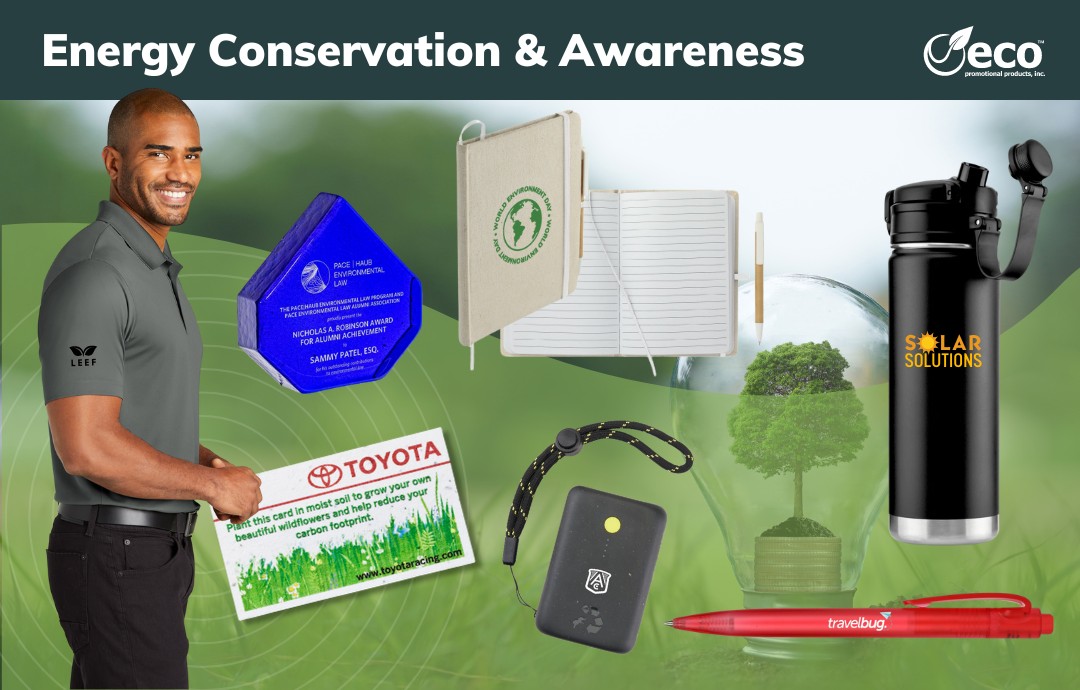Energy Conservation and Awareness
In a rapidly globalizing world, few concerns unify humanity across cultures, beliefs, and practices like global warming. The importance of energy efficiency is evident everywhere, from secluded suburbs to bustling cities, serving as a universal reminder that we are united in our need to create positive change for the environment.
Natural gas and coal burning continue to severely impact our environment. According to the UN, fossil fuels account for over 75% of greenhouse gas emissions and 90% of CO2 emissions. Switching to clean energy can not only result in less air and water pollution but also improve public health.
As the United Nations (UN) strives to ensure access to sustainable energy for all, it takes rethinking small decisions that can create a large impact. In this article, we offer a range of approaches to energy efficiency that greatly reduce negative environmental impacts.
Benefits of Recycled Glass
Reducing energy usage takes a holistic consideration for the entire process, and it all starts with how the product is made. Material selection itself can play a large role in energy usage.
For example, did you know that products made from recycled glass take less energy to produce in comparison to virgin glass? This is because recycled glass is made from reprocessed resources, while virgin glass is made from raw materials that require more intensive manufacturing.
| Cutting Emissions in Half: The EPA found that production using recycled glass takes about 30% less energy due to virgin glass requiring more complex extraction processes that emit more CO2. For every 10% increase in recycled glass usage, CO2 emissions have been found to drop by 5%. With this in mind, using 100% recycled glass could cut the typical emission output in half. |
Benefits of Recycled Textiles
Recycled material sourcing isn’t only beneficial in the glass industry. The apparel industry is on the rise as a contributor to global emissions, and its impact is only growing. It’s projected that emissions from the fashion industry will double by 2030. Using recycled materials for textile production can drastically reduce energy usage.
- Decreased CO2 Emissions: One study found that recycled polyester had a 32% decrease in CO2 emissions and a 59% decrease in energy use for manufacturing compared to virgin polyester.
- Reduced Chemical Processing: Recycled clothing production also reduces toxin and chemical exposure that virgin materials depend on for manufacturing. Conversely, recycled materials do not require as much chemical treatment.
Benefits of Renewable Energy
Shifting the source of energy itself is another effective way to reduce negative impacts on the environment. Products selected from clean energy facilities can drastically reduce their carbon footprint. Some examples of renewable energy sources include wind, solar, tidal, and hydroelectric. These methods of energy can generate power without producing CO2 emissions.
- Cheapest Form of Energy: Not only is renewable energy better for the environment, but it’s actually the least expensive power option in most regions of the world.
- High Renewal Rate: The name speaks for itself when it comes to benefits - renewable energy allows for an unlimited supply of renewable resources that replenish themselves thanks to nature. According to the UN, they actually renew at a higher rate than they are consumed.
UN Sustainable Development Goals
Clean energy is not only a mechanism for sustainability, but human rights as well. Many of the 17 Sustainable Development Goals developed by the UN touch on clean energy as a way to strengthen their commitment to people and the planet.
Goal 7: Ensure access to affordable, reliable, sustainable, and modern energy for all.
How renewable energy can help: UN data shows that despite a rising need for universal energy access, public funds for clean energy in developing communities are on the decline. Implementing renewable methods of clean energy that have lower long-term costs could transform local economies and environments.
Goal 8: Promote jobs and economic growth.
How renewable energy can help: Reports from 2022 show that solar energy alone provided more than 4.3 million jobs, and the numbers continue to increase for renewable energy as a whole.
Goal 9: Build resilient infrastructure and foster innovation.
How renewable energy can help: According to the EPA, implementing forms of renewable energy results in “diversifying energy supply and reducing dependence on imported fuels,” allowing for growth in the energy industry and connected economy as a whole.
Goal 11: Make cities and human settlements inclusive, safe, resilient, and sustainable.
How renewable energy can help: As slums and air pollution continue to be on the rise, communities need access to cost-efficient, dependable, and eco-friendly sources of energy.
Goal 12: Ensure sustainable consumption and production patterns.
How renewable energy can help: The UN reports that fossil fuel subsidies have almost doubled from 2020 to 2021, at $732 billion, further exacerbating the climate crisis. Renewable energy sources are not only beneficial for local communities, but the world as a whole.
Goal 13: Take urgent action to combat climate change and its impacts.
How renewable energy can help: Without dire pushes for change, eco-disasters and other negative effects from climate change will only worsen. Renewable energy sources allow power to be generated without substantial negative impact.
Goal 17: Strengthen the means of implementation and revitalize the Global Partnership for Sustainable Development.
How renewable energy can help: While the Sustainable Development Goals span across many different facets of addressing human rights, sourcing renewable energy and its byproducts can help address many of their needs.
Summary
The increasing need for slowing the effects of climate change is universal. With globalization skyrocketing in recent decades, our unprecedented interconnectedness offers an optimistic approach to addressing climate change. Authenticity and verification of sustainable practices are key to establishing a clear target for sustainable practices among businesses. Our energy-aware products not only have the quality of sustainability but also the certifications and data to exhibit their impact. Eco Promotional Products provides an array of energy-conserving items that create quantifiable benefits for the environment.



